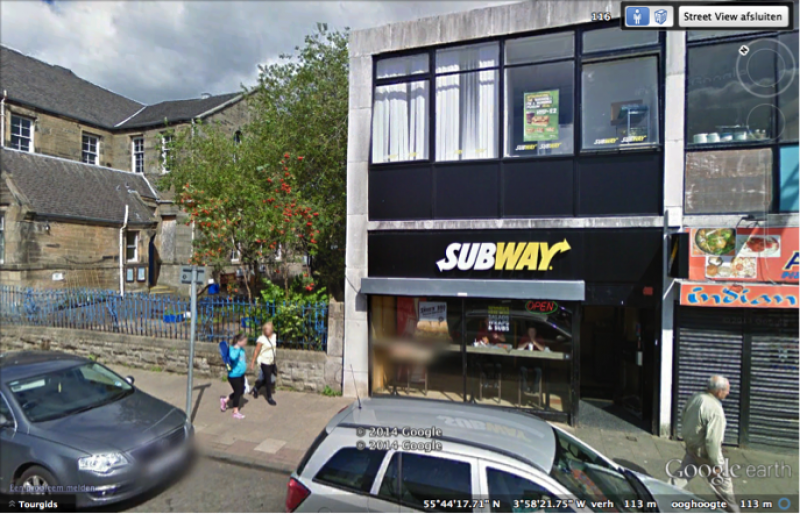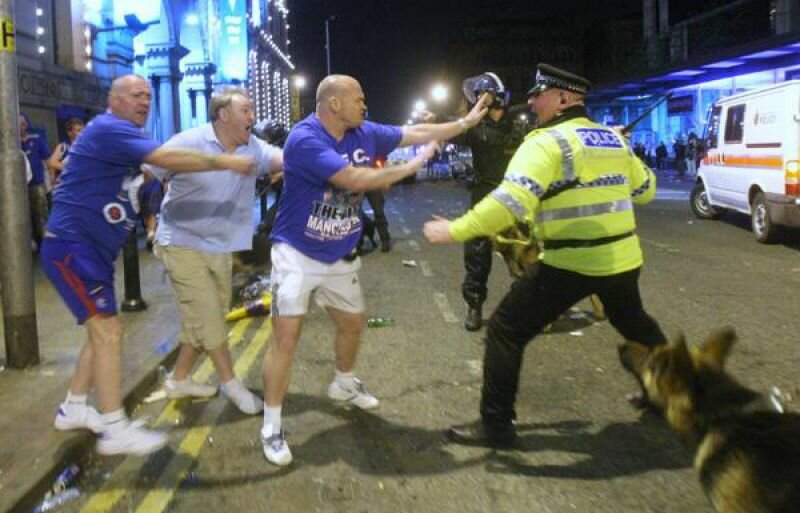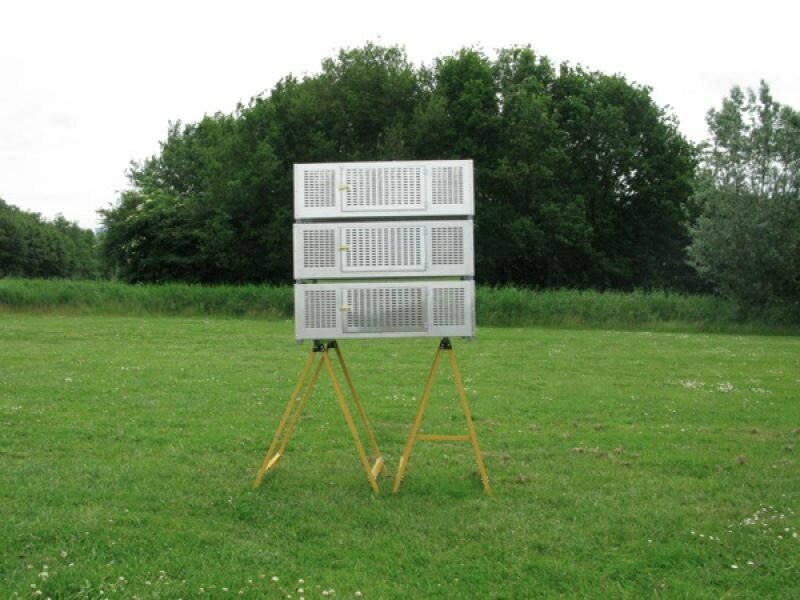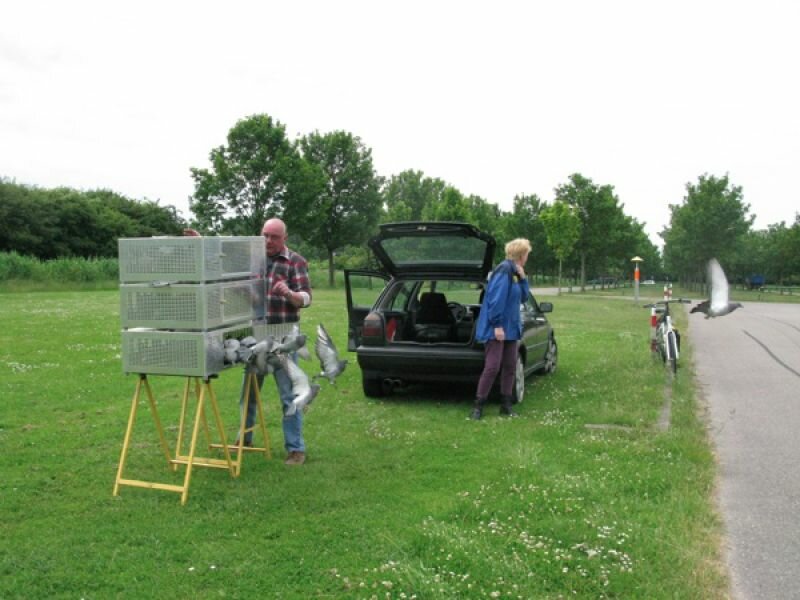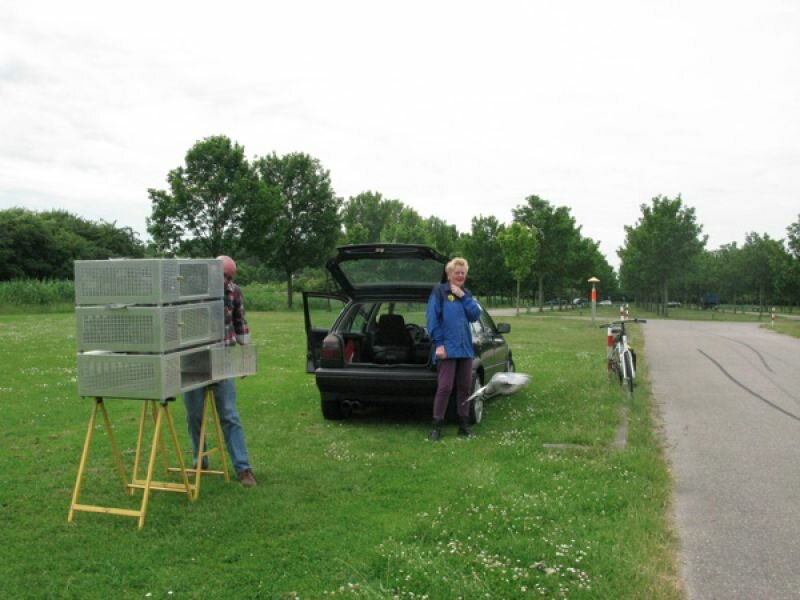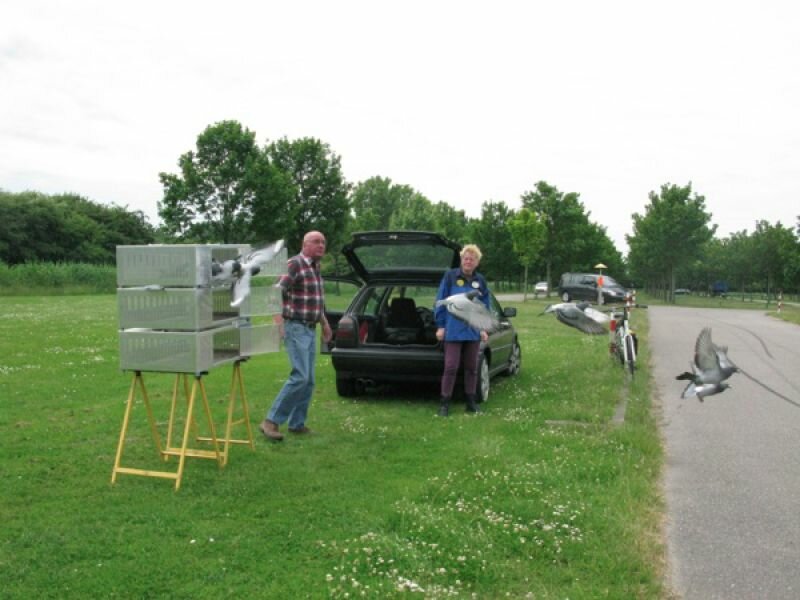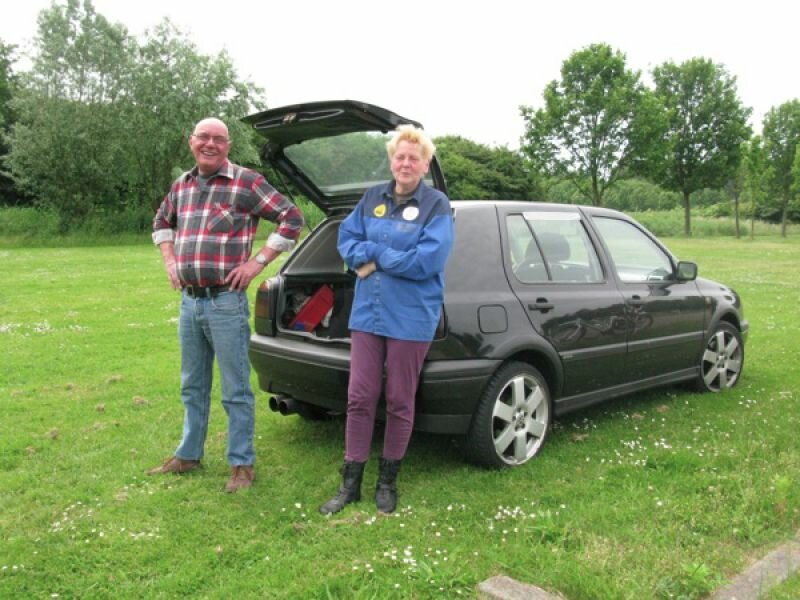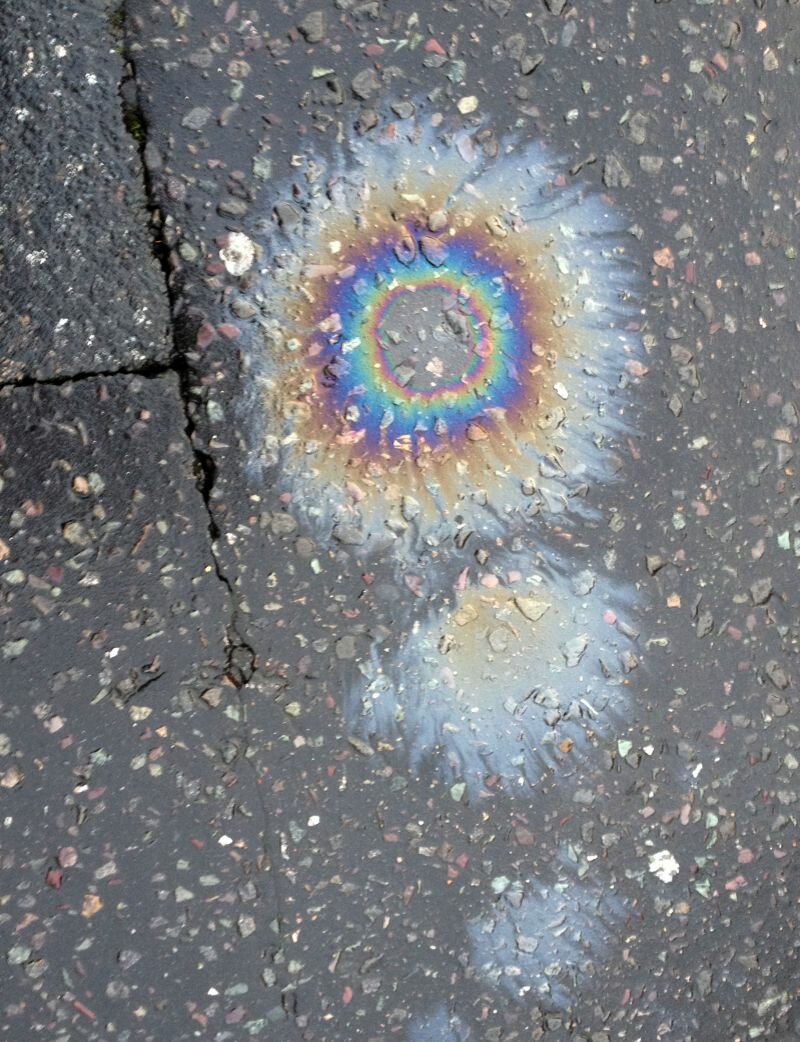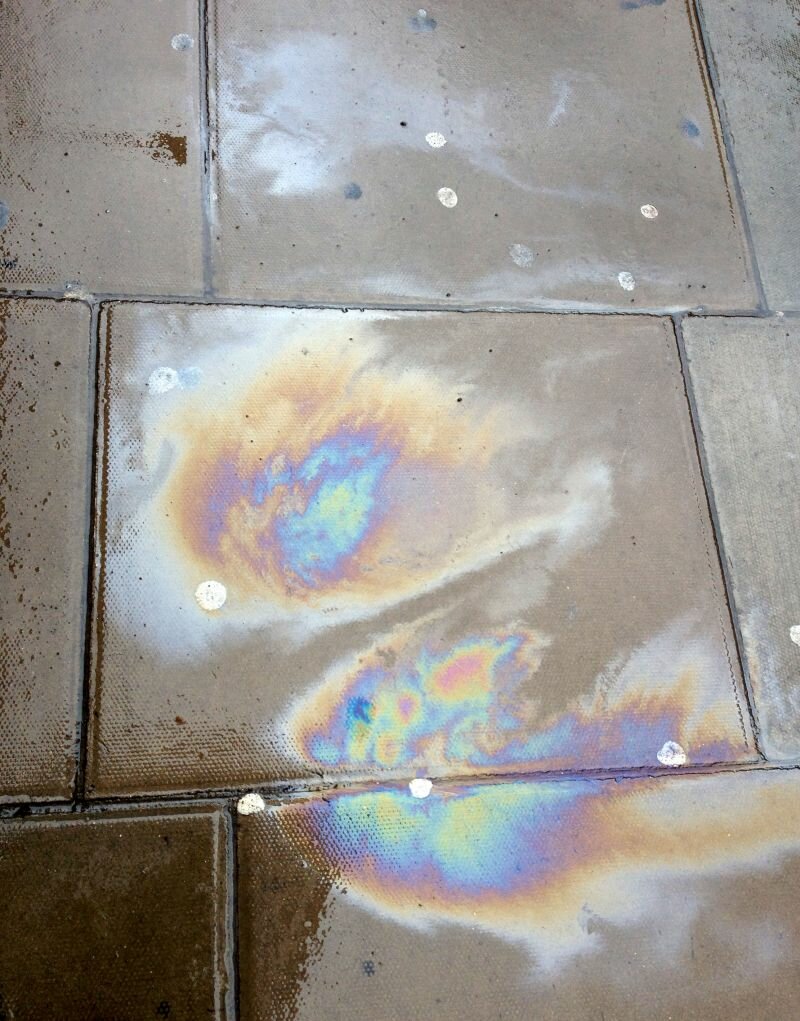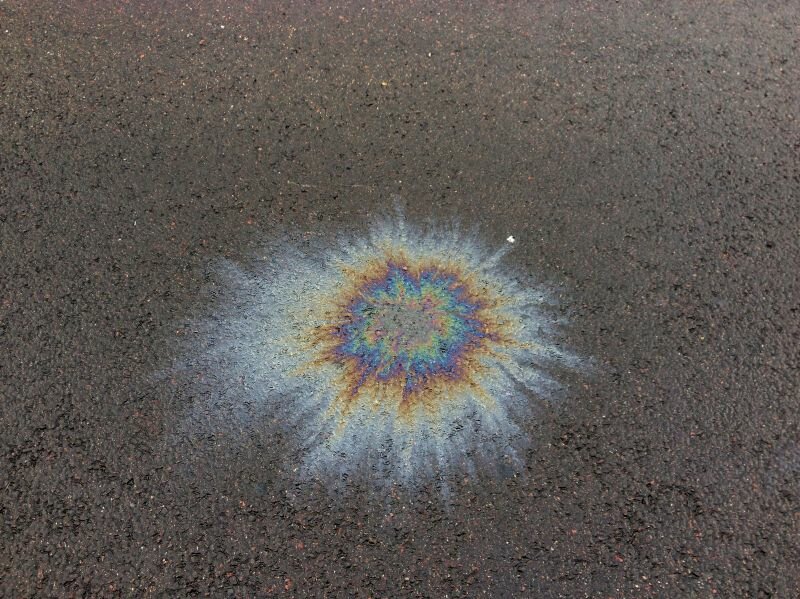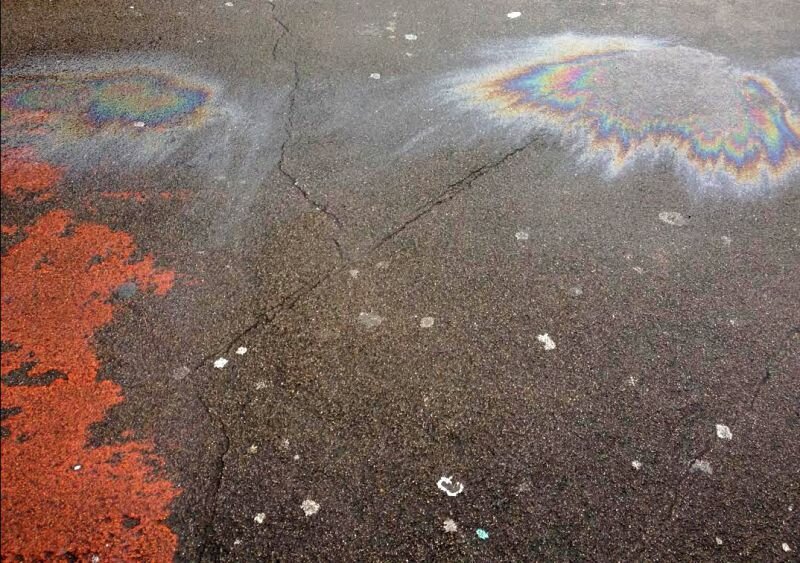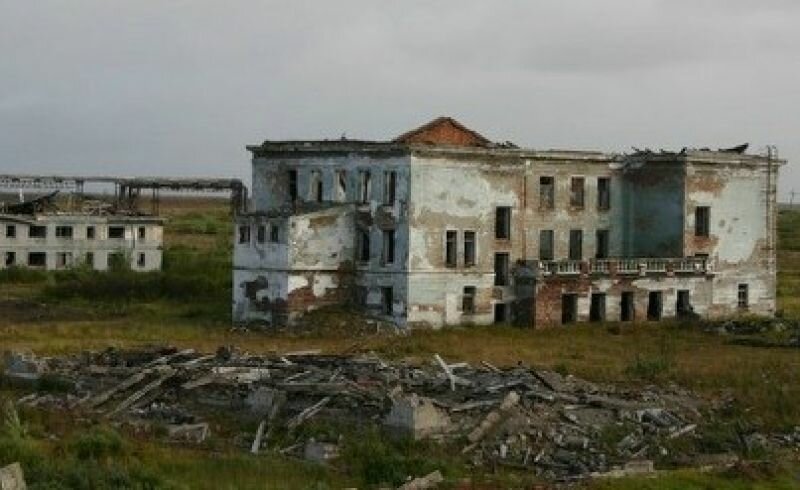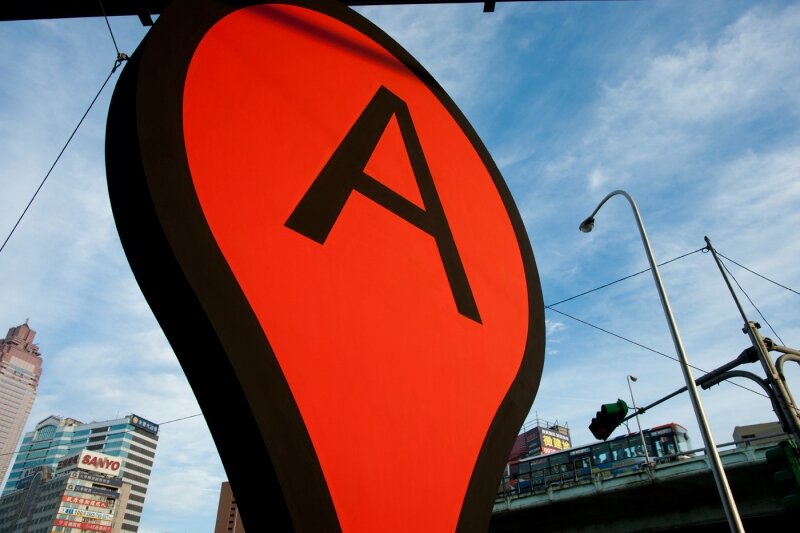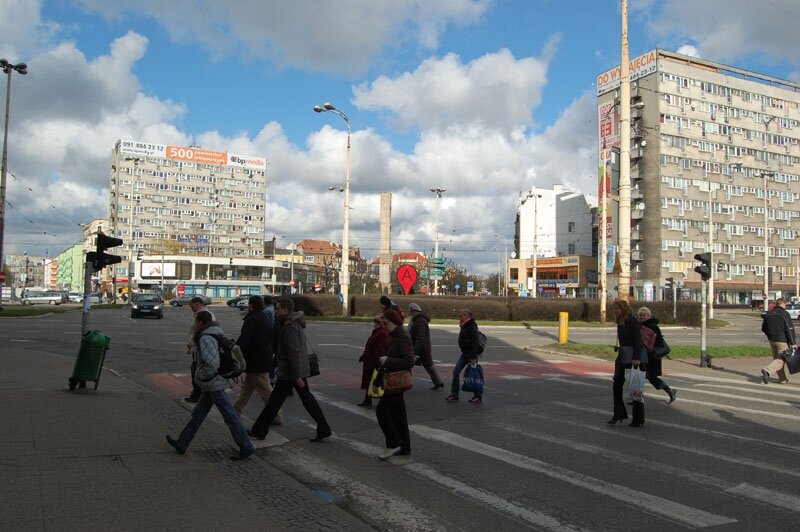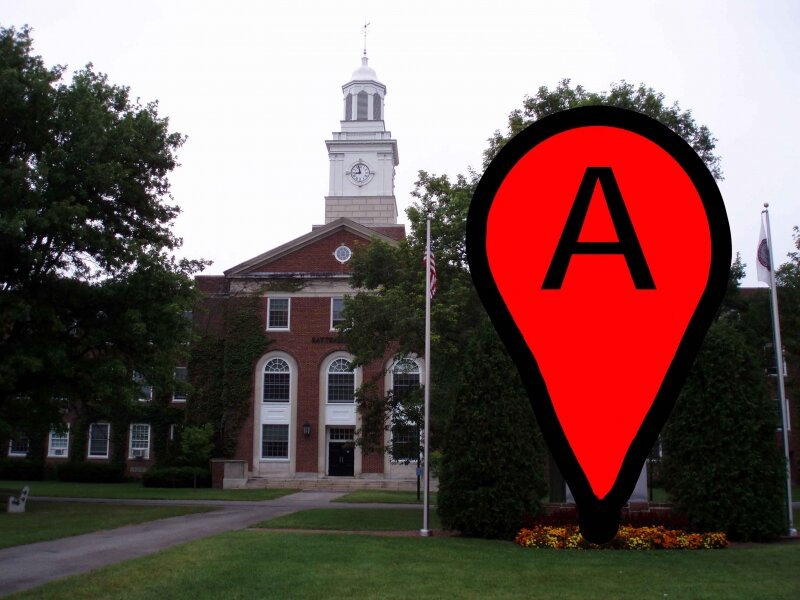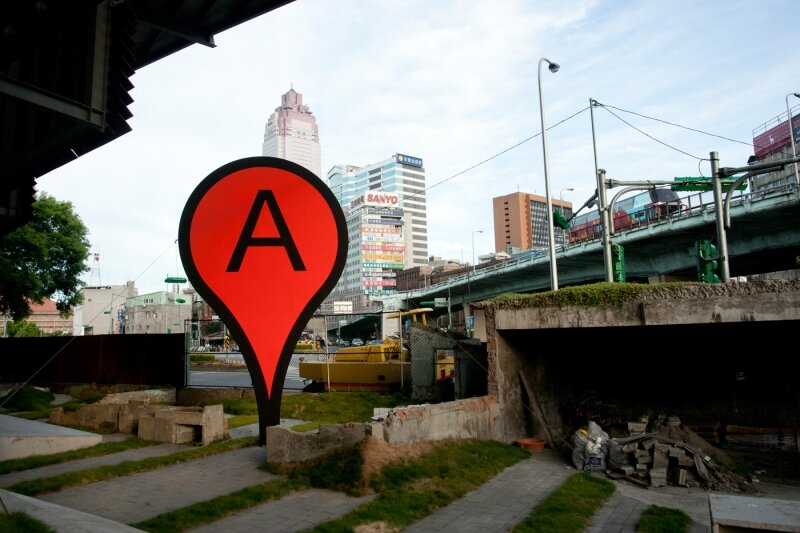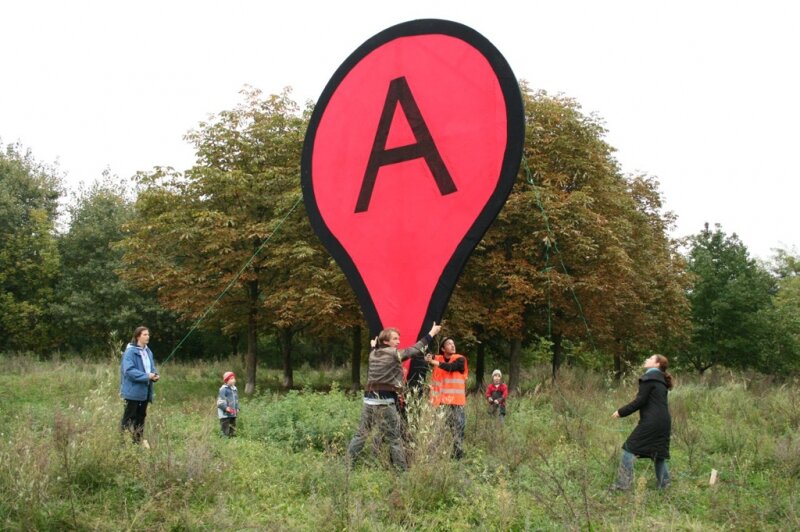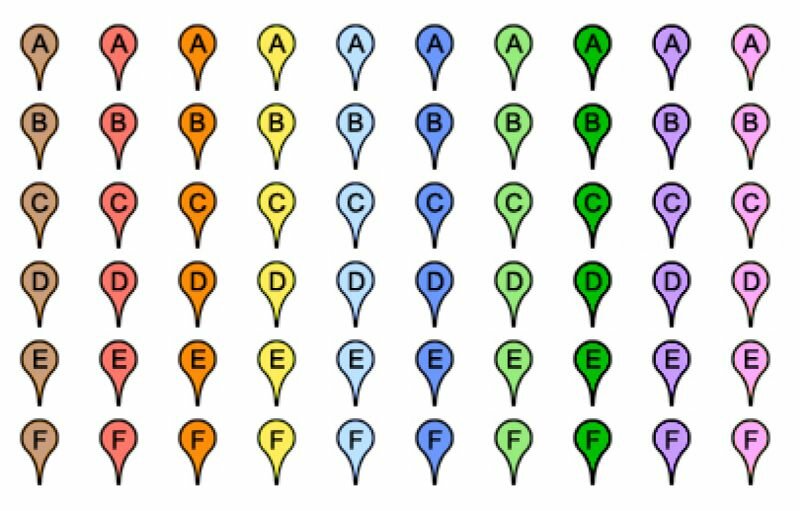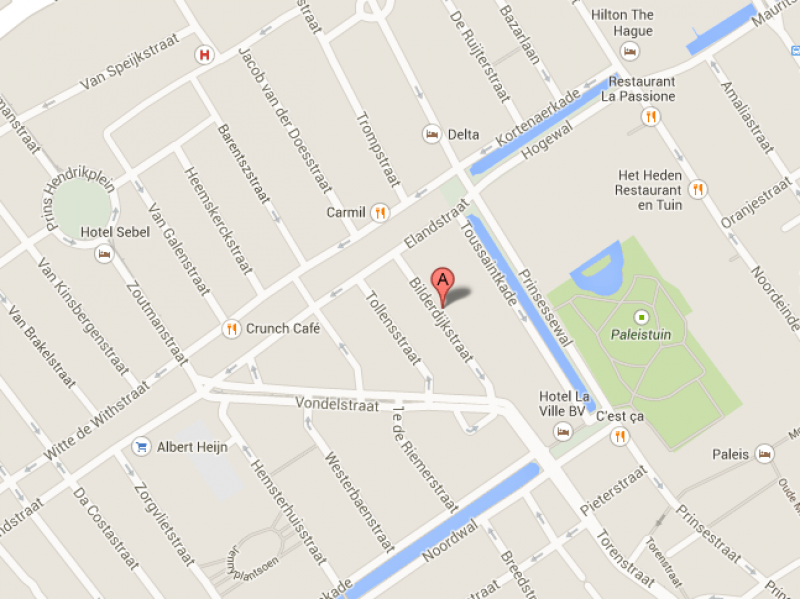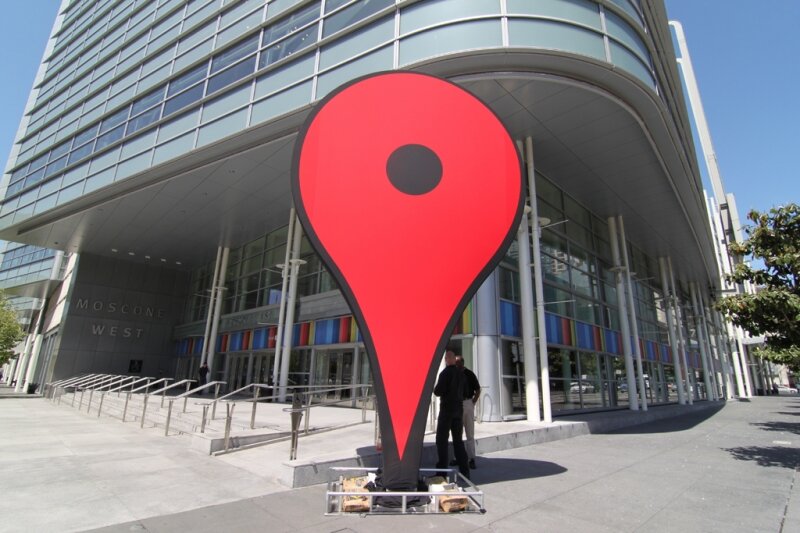There are few abandoned places in our crowded, fully designed and predetermined country. The Dutch, after all, are very fond of tidying up. Usually, a property will be torn down or repurposed before it even has the chance to fall into disrepair. But many large parts of The Netherlands are dealing with shrinking populations. As a result, the quality of life in many villages is under pressure because amenities such as schools, community centres, and supermarkets are disappearing.
However, the emptying of villages hasn’t yet had the ultimate of extreme results: the total vacancy of villages and neighbourhoods. And although places like Delfzijl and Heerlen are dealing with a decline in population, it’s probably not an irreversible process as of yet.
For many places outside of The Netherlands it’s too late, they’ve been abandoned.
Like many other architects, we love to stroll around both new and familiar cities and villages, on the lookout for inspirational spots. Often, these places are deserted by people.A place that was once inhabited, but now left behind, is fascinating. You find yourself somewhere no one lives anymore, but where the presence of habitation is still to be sensed, and where the promise of what may come triggers the imagination. You’ll find yourself in the present, the past, and the future all at once.
Our interest in collecting abandoned places was sparked by seeing Spelling Dystopia, a video work by Nina Fischer and Maroan El Sani. Spelling Dystopia econmpassed that feeling of being in three time zones at once. Images of an island completely deserted, but at the same time full of buildings, are interjected with images from videogames: Hashima. This fascinating island that, surprisingly, actually exists has recently become well known as the Bond villain Roaul da Silva’s headquarters in the film Skyfall.
The abandoned places we collect are often photogenic, but their background stories are usually anything but pretty. At times the stories backing these desolate places are more intriguing than the visual image of their forsaken nature. For some places, human failure is why inhabitants have been forced to bid their homes farewell, for others it’s the uncontrollable hand of nature. Many times, greed and apathy are the cause. Man came, saw, used, and discarded.
Among the abandoned cities and territories we’ve mapped are many regions where mineral resources were extracted. But after resources are spent, work opportunities decline, and inhabitants move away. Like in the Kolmanskop in the immense Namib Desert where there was an immense diamond rush in the previous century. According to the tales, those in search of fortune would scan the desert sands by moonlight. In this place the Germans built Kolmanskop, equipped with every possible comfort: luxury in the middle of the desert. But as fewer diamonds were found, fortune seekers went elsewhere to find their luck and Kolmansdorp was left behind. Those who visit the village now will find the old villas, covered in metres of sand.
While a forsaken, once inhabited place is interesting, an abandoned but never inhabited place might be even more fascinating. In China, hundreds of new cities are built to house migrants that make their way from the country to the city. The problem with this lies in the fact that these houses are usually too expensive for the migrants. The middle class buys these properties as investment pieces, without actually living in them. Everything is brand new here: new roads, buildings, a city park including a bright and shiny new museum. Traffic lights that jump colours while there’s no one to partake in traffic.
One of the abandoned places included in our publication is the Maunsell Forts. These forts are abandoned due to the lack of a threat of war. Not a village, not a city but a collection of platforms that housed enough troops to be considered a village. All but one of these platforms have been abandoned and delivered to the elements. To destroy them would be costly, and moreover, the platforms are part of history. It’s that one inhabited platform that, once again, fuels the imagination. Former radio pirate, the late Paddy Roy Bates and his wife, took residence on one of the platforms, declaring it the Principality of Sealand. His son, Prince Michael, now rules over the smallest, unrecognised European state presiding over no more than five souls but that nevertheless issues its own passports, stamps, coins, and even has its own football team. Adaptive reuse at its finest.
Abandoned Cities is the result of our archiving until now. We’ll continue by mapping the places we’ve encountered on the globe and by adding information to the places we’ve already marked. The next step is the actual research. Categorising the locations, finding similarities and differences, discerning possibilities and threats. Formulating the parameters for villages and cities full of vitality. Locating places where the tide could still turn through urban design or architectonic interventions. But also to see shrinkage and the accompanying vacancy as a serious but likewise valuable element to the constructed environment.
